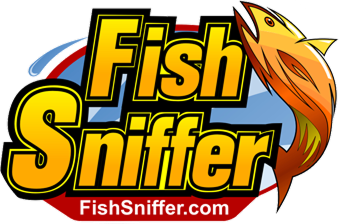Volume 44 Issue 5 Out Now!
Check out the new Issue of The Fish Sniffer magazine for June 5, 2025
In this issue of The Fish Sniffer, we bring you the real state of early summer fishing in northern California. Lakes like Shasta, New Melones, and Berryessa are producing fast trout, kokanee, and bass action for both trollers and bank anglers. Pyramid Lake is really getting good for trollers with Lahontan Cutthroat caught up to 18 pounds, and the American and Feather rivers are featuring a fast shad bite throughout the systems.
The golden mussel problem is still impacting boaters all over the state and has caused major boat launch closures and strict new inspection and quarantine rules at Folsom, Camanche, Pardee, New Melones and Berryessa—shifting many lakes to rental or hand-launched craft only. The recreational salmon season will open in the ocean this week, and there will be a very limited river salmon season starting in July.
All you need to know about fresh and saltwater fishing in Northern California is now available in the new issue of The Fish Sniffer Magazine!
Latest Freshwater News


Shasta Lake Spring Trout & Salmon Derby
SHASTA LAKE SPRING TROUT & SALMON DERBY
By Paul J. Kneeland
The 22nd annual Shasta Lake Spring Trout & Salmon Derby took place on the first weekend of May at Lakehead on the upper Sacramento arm of ...
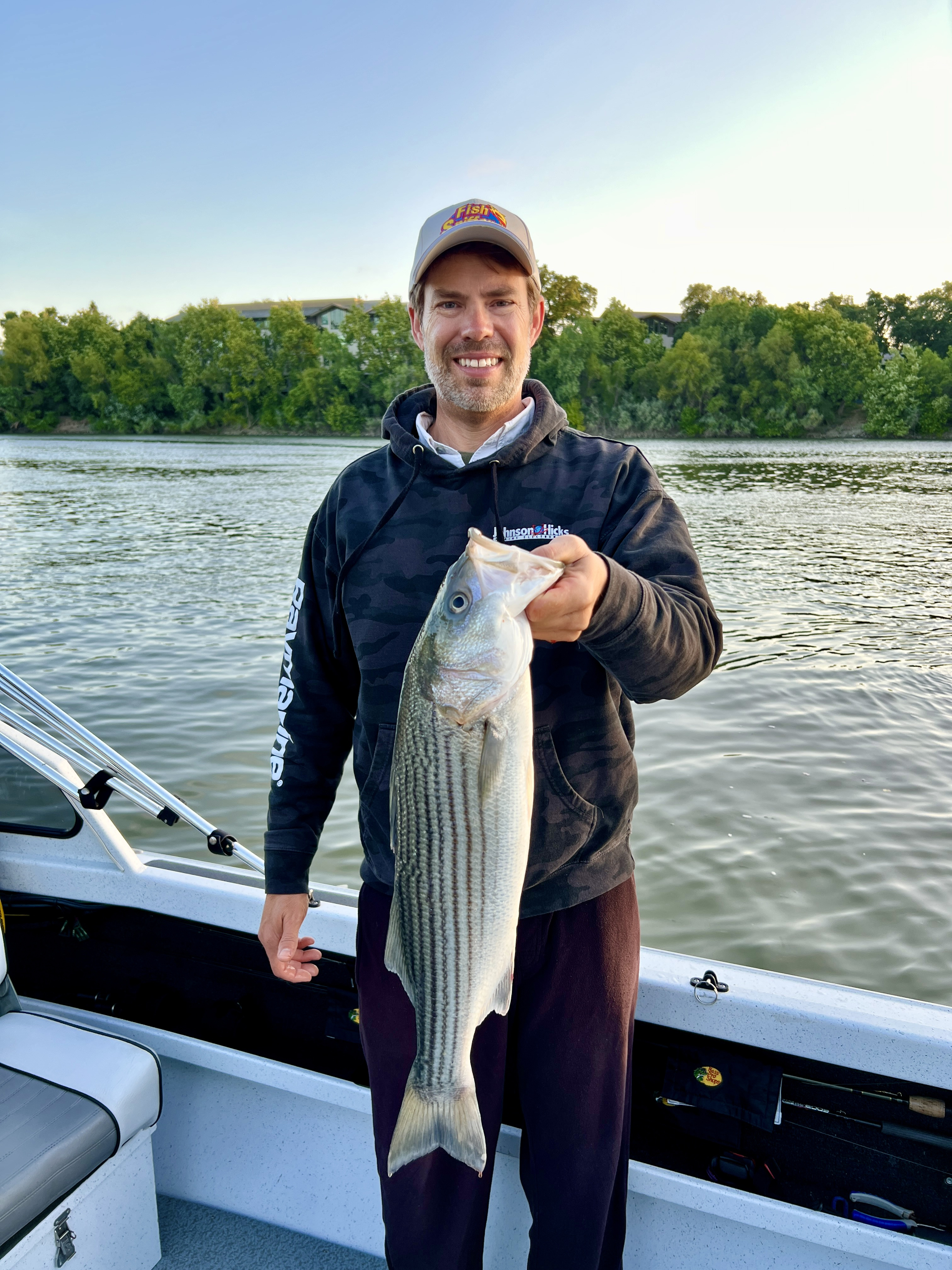

Potluck time in the City
Potluck Time in the City by Jack Naves ‘When Worlds Collide’ is a way of expressing different opposing things coming together into a single moment. One example would be a huge international city like...
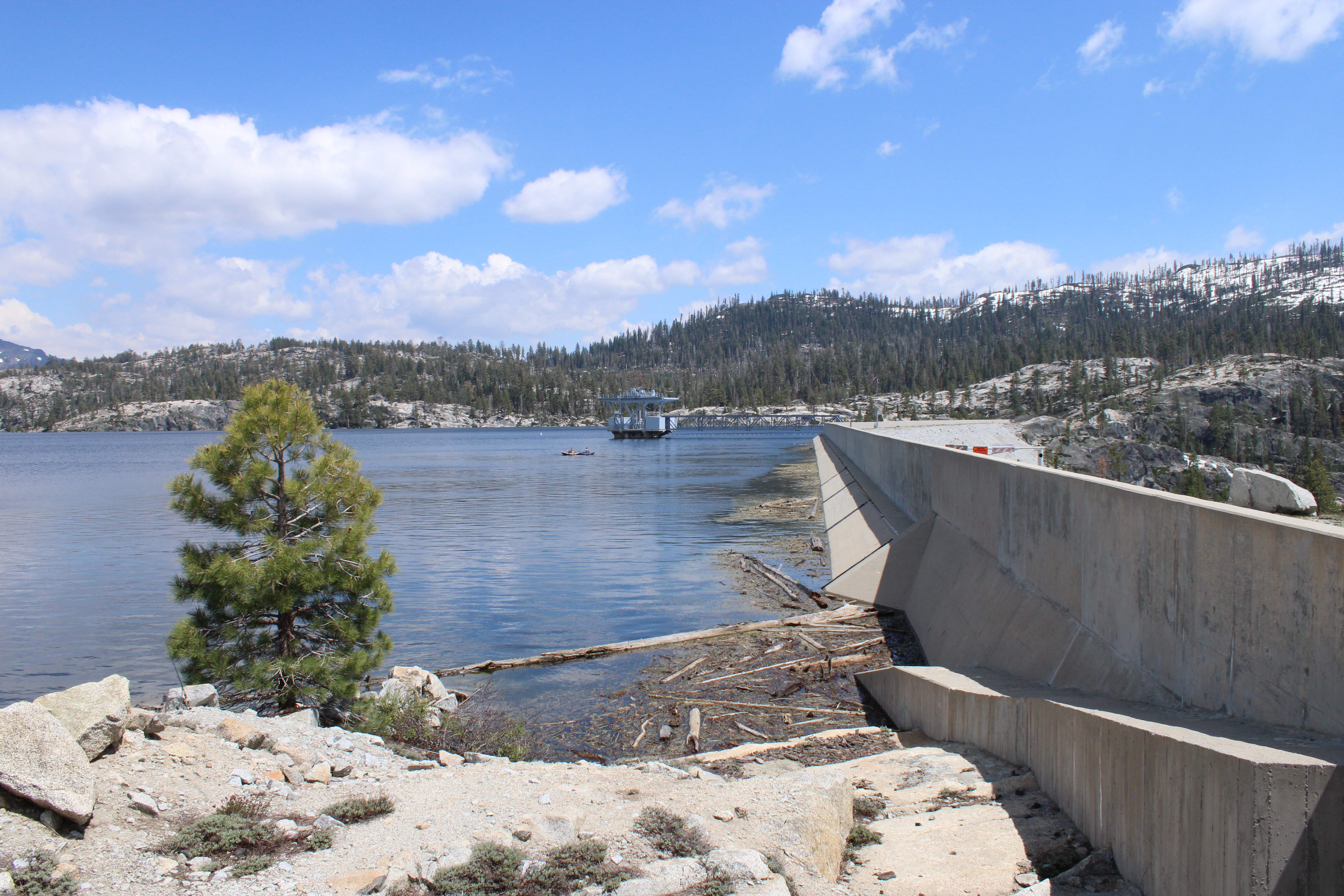

Spicer Reservoir Map Feature
Anglers Target Quality Rainbows and Browns at Beautiful Spicer Reservoir ARNOLD - Spicer Reservoir, located in the North Fork of the Stanislaus River watershed, offers shore and boat anglers a chance...


2025 Plants for Kokanee and Chinook Salmon
The California Fish & Wildlife has updated the 2025 plants for inland chinook salmon and kokanee. Chinook: This year’s IHN infection rate for returning Chinook was very high and negatively impacted ...
Latest Saltwater News
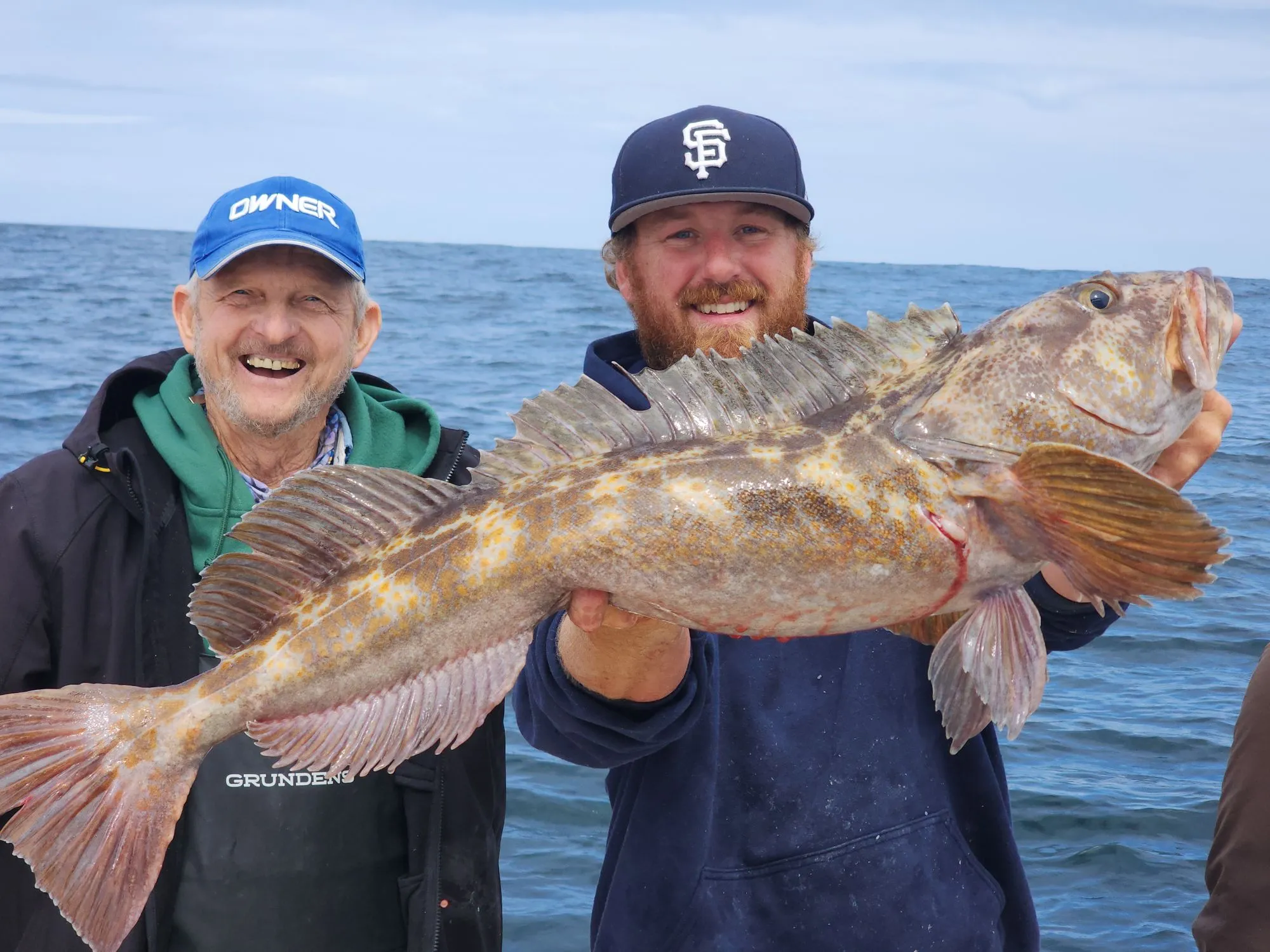

Bodega and Tomales Bay Fishing Report
Bodega Bay/Tomales Bay Shallow Rockfish Action Sizzles
BODEGA BAY – Rockfish and lingcod action has been solid in the shallow reefs on the days that the New Sea Angler has been out fishing along t...


Fisherman's Wharf and Berkeley Fishing Report
Fisherman’s Wharf/Berkeley Live Bait Drifters Battle Stripers and Halibut
SAN FRANCISCO – Live bait is now available at J and P Bait at San Francisco Fisherman’s Wharf. J and P Bait is located on the...


Half Moon Bay Fishing Report
Half Moon Bay Shallow Water Rockfish Bite On Local Reefs
EL GRANADA - The recreational rockfishing season is in full swing! The season is the same as last year: May through September as well as Nove...
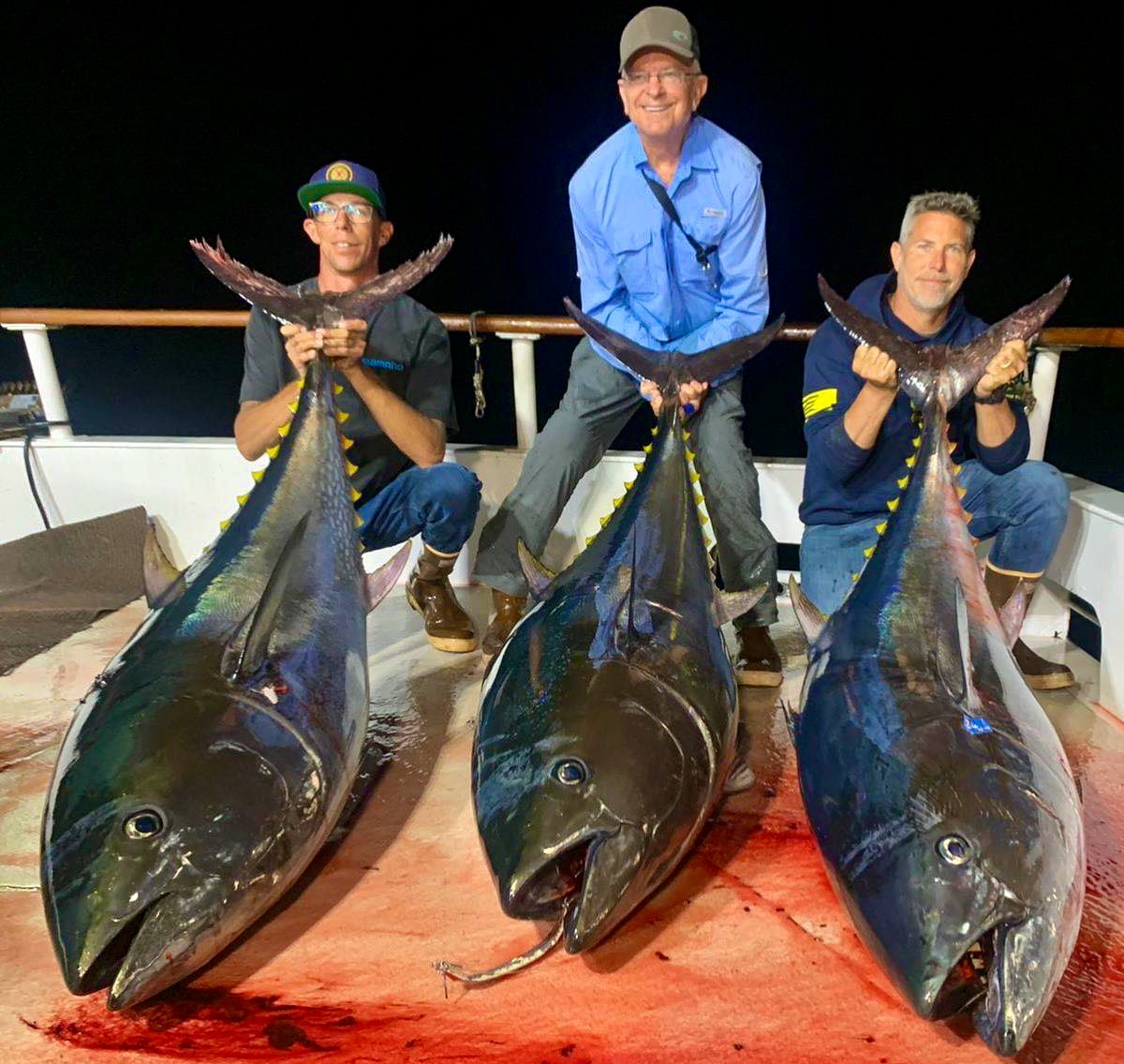

Monterey Bay Fishing Report
Monterey Bay Shallow Water Rockfish Bite On Local Reefs
MONTEREY – Anglers boarding party boats out of Monterey are catching limits of rockfish on most trips in shallow water reefs off the Monterey ...
Latest Conservation News


Delta Tunnel Opponents Slam Revised budget Plan
Delta Tunnel opponents slam Gov. Newsom's revised budget plan to fast-track project
SACRAMENTO - Sacramento — Governor Gavin Newsom in May announced, as part of his May Budget Revise, a controversia...


U.C. Davis study finds dams are ineffective for conservation of salmon and trout
For many years, federal, state, and corporate proponents of building more dams in California have touted cold water river releases provided by increased water storage behind dams as a key tool in savi...


Reclamation announces extension of Shasta Dam raise comment period to Oct. 5
REDDING, Calif. - The Bureau of Reclamation today announced a virtual open house website for the controversial Shasta Dam raise proposal EIS, officially known as the Shasta Lake Water Resources Invest...


Conservation Groups Oppose Exxon's Plan to Restart Offshore Rigs Idled by Refugio Oil Spill
May 19 of this year marked the fifth anniversary of the massive Plains All American Pipeline spill near Refugio State Beach in Santa Barbara County that resulted in the idling of Exxon’s three offshor...
